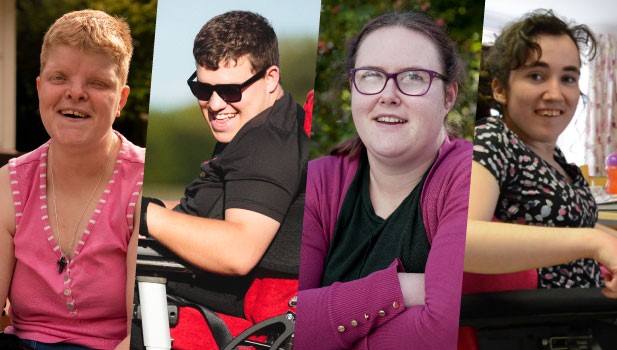
Gratitude and platitudes, but will we see changed attitudes?
Now the country has been ‘clapping for carers’, we ask if things will finally start to change for social care, which has been starved of attention and funding for decades. Here’s a look at the past and present and we ask what we can do together for a better future for the social care workforce.
The past
While social care has a long history (see 1799 for the creation of our own Royal School for the Blind!), 1948 is the year that marked not just the creation of the NHS, but a welfare system where local councils took on greater responsibility for what we know as ‘social care’.
At this point onwards the NHS was created as a free at the point of delivery service, funded through general taxation, while social care was a means-tested and chargeable service.
While those fundamentals haven’t changed, who delivers those services has.
For decades “the social care service” centred on council run care – mainly care homes.
But by the 1990s, reforms meant councils could buy care (‘commission’) from different providers and there was a simultaneous drive within the NHS and social care to provide more care in the community. In more recent years, people who use social care were also given the money to commission their own services – such as direct payments.
The present
Very few council-run care services remain – now social care is delivered on their behalf by care companies and charities, down to the very ‘micro’ of even individual personal assistants employed by people with disabilities.
There are 20,000 registered providers of social care and a 1.5 million strong workforce in England, supporting nearly 850,000 people. Probably half as many people again are ‘self-funders’ paying for their care privately. And we shouldn’t forget that most care and support is delivered by ‘informal’ carers – estimated to be well over 5 million family and friends, as well as by community and voluntary organisations looking out for people who might never even need to approach their council for help.
Unlike the NHS – national, visible, easy to define, with us from cradle to grave – social care is just harder to explain. The ‘statutory’ part is all about how much ‘need’ you have to make you eligible, how much money you have in the bank, and who the council can afford to pay to deliver it.
It’s something to celebrate that people are living longer and that people with disabilities have fought successfully for the right to independent living. But at the same time as demand for social care has risen, a decade of austerity has seen adult social care lose close to £7 billion of funding, with shortfalls made up through some council tax rises, or the odd patching up with government grants and increased charges for care. This is despite the vast majority of the public – and SeeAbility - wanting to see social care funded in a similar way to the NHS, through national taxation and to be free at the point of the delivery.
Warnings have been sent upwards to governments from every level, from disabled people taking to the streets, to council and NHS leaders issuing dire warnings. The past few years have seen promises of reform but nothing forthcoming. Until now?
The future
In the midst of the pandemic and all of the heartache and hardship we have witnessed, the public, politicians and media all seem to have been finally exposed to what we all know – that social care and support is life-changing, life-saving even, and it’s done by people who are absolutely dedicated to the people they support. No one working in social care would say they are in it for the money after all!
But it’s hard to call which way the crisis will next take social care.
Our number one priority is to make sure that the government cannot reject the case for increased funding that directly reaches the frontline workforce. Expecting the profession to take a simple living wage increase each year just isn’t going to cut it anymore, and this can only be achieved if central government resolve to do this.
We’ll need to be wary of social care being seen as ‘just for older people in care homes’, or ‘not having to sell your home to pay for your care’ as something that then solves things for everyone. Half of council budgets for adult social care are spent on working age disabled people – they must not be forgotten.
We need to keep the profile of what social care has achieved and can achieve for people’s lives high - not simply as a saving to the NHS. We need to keep it visible so cuts are not so easy to make, given the inevitable recession the pandemic has created and impact on council budgets.
That will mean tapping more into the voices of those we support, their families, our dedicated support teams, and the local communities and businesses who supported our services in the pandemic.
Gabby, one of our Associates with lived experience, says it best:
Care staff need to be treated the same as NHS staff – they are equally essential to people’s everyday care needs.

Contact Donna O’Brien on dobrien@seeability.org if you would like to share your thoughts for our government submissions on social care.

